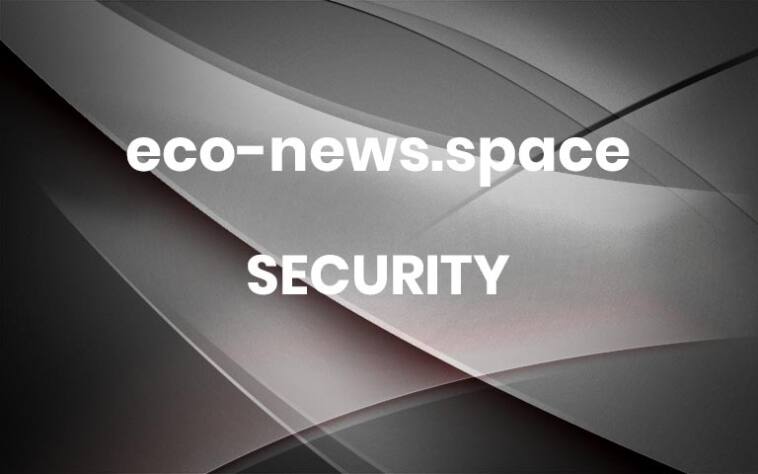Uplifting West African communities, one cashew at a time
Ever wonder how your favorite snack was sourced? Joshua Reed-Diawuoh thinks more people should.Reed-Diawuoh MBA ’20 is the founder and CEO of GRIA Food Company, which partners with companies that ethically source and process food in West Africa to support local food economies and help communities in the region more broadly.“It’s very difficult for these agribusinesses and producers to start sustainable businesses and build up that value chain in the area,” says Reed-Diawuoh, who started the company as a student in the MIT Sloan School of Management. “We want to support these companies that put in the work to build integrated businesses that are employing people and uplifting communities.”GRIA, which stands for “Grown in Africa,” is currently selling six types of flavored cashews sourced from Benin, Togo, and Burkina Faso. All of the cashews are certified by Fairtrade International, which means in addition to offering sustainable wages, access to financing, and decent working conditions, the companies receive a “Fairtrade Premium” on top of the selling price that allows them to invest in the long-term health of their communities.“That premium is transformational,” Reed-Diawuoh says. “The premium goes to the producer cooperatives, or the farmers working the land, and they can invest that in any way they choose. They can put it back into their business, they can start new community development projects, like building schools or improving wastewater infrastructure, whatever they want.”Cracking the nutReed-Diawuoh’s family is from Ghana, and before coming to MIT Sloan, he worked to support agriculture and food manufacturing for countries in Sub-Saharan Africa, with particular focus on uplifting small-scale farmers. That’s where he learned about difficulties with financing and infrastructure constraints that held many companies back.“I wanted to get my hands dirty and start my own business that contributed to improving agricultural development in West Africa,” Reed-Diawuoh says.He entered MIT Sloan in 2018, taking entrepreneurship classes and exploring several business ideas before deciding to ethically source produce from farmers and sell directly to consumers. He says MIT Sloan’s Sustainability Business Lab offered particularly valuable lessons for how to structure his business.In his second year, Reed-Diawuoh was selected for a fellowship at the Legatum Center, which connected him to other entrepreneurs working in emerging markets around the world.“Legatum was a pivotal milestone for me,” he says. “It provided me with some structure and space to develop this idea. It also gave me an incredible opportunity to take risks and explore different business concepts in a way I couldn’t have done if I was working in industry.”The business model Reed-Diawuoh settled on for GRIA sources product from agribusiness partners in West Africa that adhere to the strictest environmental and labor standards. Reed-Diawuoh decided to start with cashews because they have many manual processing steps — from shelling to peeling and roasting — that are often done after the cashews are shipped out of West Africa, limiting the growth of local food economies and taking wealth out of communities.Each of GRIA’s partners, from the companies harvesting cashews to the processing facilities, works directly with farmer cooperatives and small-scale farmers and is certified by Fairtrade International.“Without proper oversight and regulations, workers oftentimes get exploited, and child labor is a huge problem across the agriculture sector,” Reed-Diawuoh says. “Fairtrade certifications try and take a robust and rigorous approach to auditing all of the businesses and their supply chains, from producers to farmers to processors. They do on-site visits and they audit financial documents. We went through this over the course of a thorough three-month review.”After importing cashew kernels, GRIA flavors and packages them at a production facility in Boston. Reed-Diawuoh started by selling to small independent retailers in Greater Boston before scaling up GRIA’s online sales. He started ramping up production in the beginning of 2023.“Every time we sell our product, if people weren’t already familiar with Fairtrade or ethical sourcing, we provide information on our packaging and all of our collateral,” Reed-Diawuoh says. “We want to spread this message about the importance of ethical sourcing and the importance of building up food manufacturing in West Africa in particular, but also in rising economies throughout the world.”Making ethical sourcing mainstreamGRIA currently imports about a ton of Fairtrade cashews and kernels each quarter, and Reed-Diawuoh hopes to double that number each year for the foreseeable future.“For each pound, we pay premiums for the kernels, and that supports this ecosystem where producers get compensated fairly for their work on the land, and agribusinesses are able to build more robust and profitable business models, because they have an end market for these Fairtrade-certified products.”Reed-Diawuoh is currently trying out different packaging and flavors and is in discussions with partners to expand production capacity and move into Ghana. He’s also exploring corporate collaborations and has provided MIT with product over the past two years for conferences and other events.“We’re experimenting with different growth strategies,” Reed-Diawuoh says. “We’re very much still in startup mode, but really trying to ramp up our sales and production.”As GRIA scales, Reed-Diawuoh hopes it pushes consumers to start asking more of their favorite food brands.“It’s absolutely critical that, if we’re sourcing produce in markets like the U.S. from places like West Africa, we’re hyper-focused on doing it in an ethical manner,” Reed-Diawuoh says. “The overall goal of GRIA is to ensure we are adhering to and promoting strict sourcing standards and being rigorous and thoughtful about the way we import product.” More




